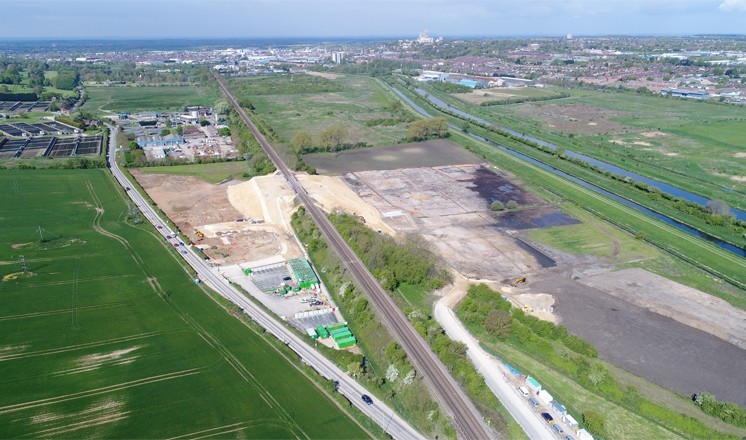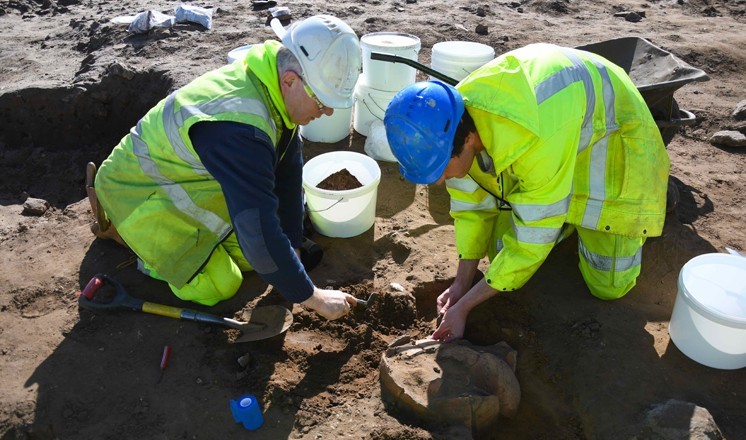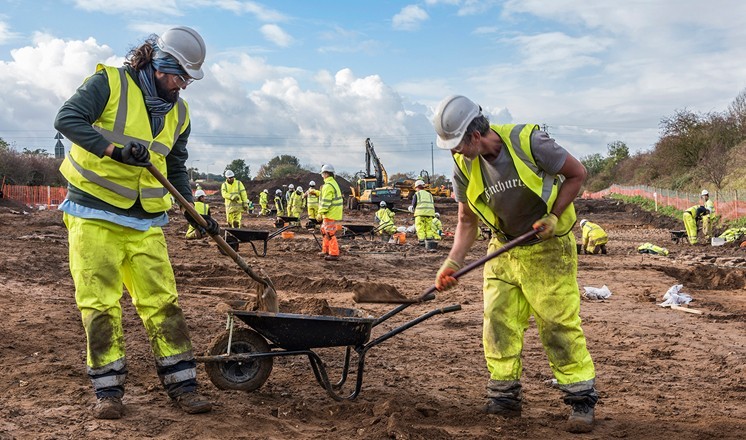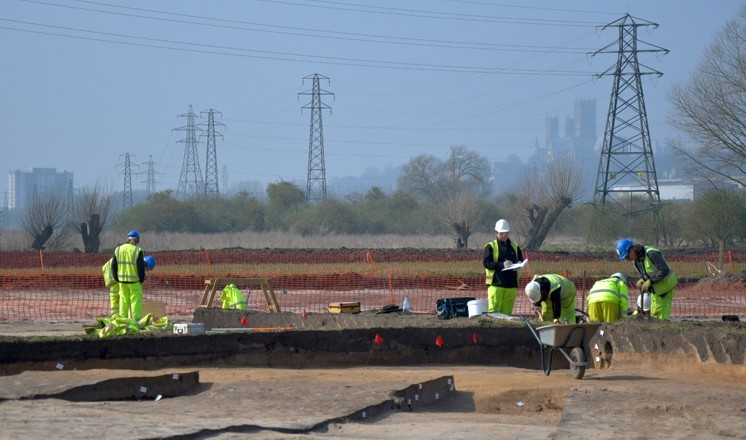Transporting the Past into the Future: Archaeology of the Lincoln Eastern Bypass
A display of finds from the significant and ongoing archaeological excavations being carried out as part of the Lincoln Eastern Bypass project
The Lincoln Eastern Bypass is a major infrastucture project, connecting the A15 south of Lincoln with the A158 to the east. As well as improving Lincoln's traffic flow, the project has provided an unprecedented opportunity for archaeologists to explore areas along the route already known to be of immense signifance, ensuring that they can be both understood and protected.
Archaeological excavations by Lincoln based Network Archaeology at an important part of the route, just south of the River Witham at Washingborough, have been ongoing since September 2016 and have produced stunning results. Evidence of a wide range of almost continuous human activity dating from c.12,000 years ago to the 20th Century has been uncovered, promising to fundamentally alter our understanding of not only this site, but also the history and development of Lincoln and its hinterland.
The most significant discoveries made so far include:
- Evidence of Mesolithic and early Neolithic (c.12,000-6,000 years ago) hunter gatherer activity along the banks of the River Witham
- Investigation of Bronze Age barrows, which have revealed cremated human remains contained within ceramic vessels
- The discovery of the base of a dugout logboat of possible prehistoric date, perhaps a votive deposition offered to the river in a similar fashion to other boats from the river already on display at The Collection. A Bronze Age dagger with a broken tip may also represent an object deliberately damaged before being offered to the water
- Iron Age pottery suggesting occupation prior to the Roman invasion of AD43
- A large and significant complex of high status Roman buildings, including evidence for underfloor heating, stone-lined wells, a possible fishpond, a lime kiln and two pottery kilns. Romano-British burials have also been uncovered
- A middle Saxon graveyard (c.680-900), potentially including the remains of up to 300 individuals and perhaps indicating the presence of a previously unknown early Christian community
- A Medieval monastic grange, perhaps connected to Kirkstead Abbey, which would have included a working farm and malthouses for brewing, alongside the possible remains of a brewery and a bakehouse
- The remains of the Post Medieval farm known as 'Sheepwash Grange', which began life following the dissolution of the monasteries in the 16th Century and existed until c.1845
The project has produced tens of thousands of finds, with many more discoveries likely to be made as the project continues and the finds and features are studied in more detail. The Collection is delighted to be able to display some of these finds as the project progresses, and the display will change and evolve to reflect new discoveries and information. This includes the ongoing 'find of the week', as detailed in the Lincolnshire Echo.
You can keep up to date with the progess of the project and the archaeological discoveries on this Lincolnshire County Council web page and on the Lincolnshire County Council Facebook page.








